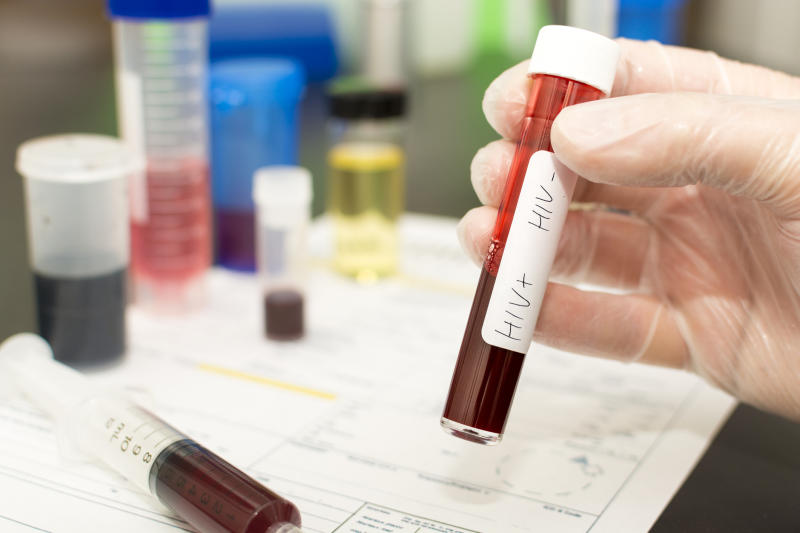Homa Bay is the leading county in Kenya with 19.6 percent HIV prevalence cases followed closely by Kisumu at 17.5 percent and Siaya at 15.3 percent. Migori has 13 percent. Nairobi is at 3.8 percent, Mombasa 5.6 percent, Uasin Gishu 5.5 percent, Turkana 6.8 percent and Busia 9.9 percent.
Garissa County has no single case of HIV prevalence, a survey by Kenya Population-Based HIV Impact Assessment (KENPHIA) 2018 has revealed.
“Garissa had no HIV-positive persons identified, thus is represented as having an HIV prevalence <0.1 per cent,” the report by KENPHIA read.
KENPHIA was launched in 2018 by Health CS Sicily Kariuki for the Ministry to find the state of HIV epidemic and the impact of efforts towards its control. It provides first-hand insights on the progress made so far as well as identify and quantify the existing gaps.
The study conducted between June 2018 and February 2019 shows that North Eastern region has the least number of HIV prevalence cases.
While Garissa records no HIV prevalence case, Wajir and Mandera both recorded 0.2 percent while Marsabit and Isiolo recorded 1.2 and 2.2 percent respectively. The study found out that HIV prevalence varied across the country with the Nyanza region recording the highest figures.

According to KENPHIA, the national HIV prevalence among adults stands at 4.9 percent which translates to 1.3 million adults living with HIV in Kenya.
“The HIV prevalence was at 4.7 percent in urban and 5.0 percent in rural areas,” KENPHIA stated.
The survey also revealed there are twice as many women as men living with HIV in Kenya.“ There were marked differences in HIV prevalence between women and men, which was twice as high among women at 6.6 percent compared to men at 3.1 percent.”
It added: “For both sexes combined, HIV prevalence peaked among adults aged 45-49 years. However, among adults, HIV prevalence was consistently higher among women than men across all the age groups”.However, the new HIV infections have reduced to 0.14 percent per year, 0.15 percent among women and 0.13 percent among men.
KENPHIA also notes that HIV prevalence among children was 0.7 percent which translates to approximately 139,000 children living with HIV in Kenya.


